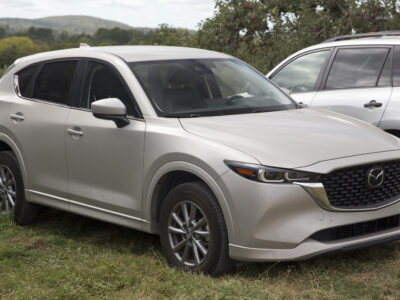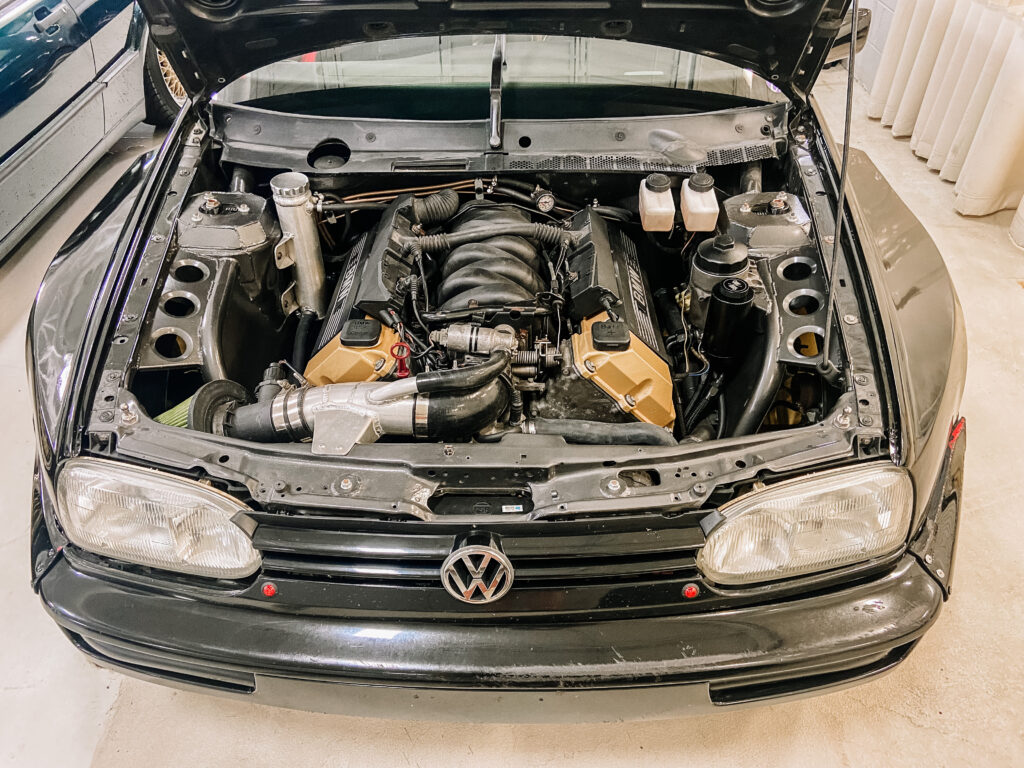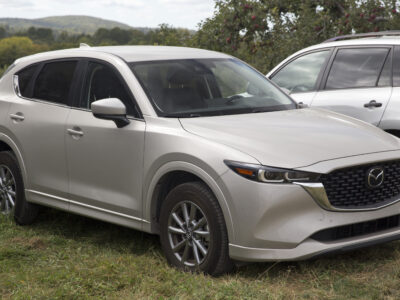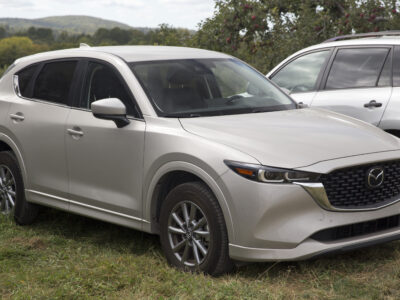
Toyota Corolla AE86 Engine Swap – The Ultimate Guide

- Introduction
- Why the AE86 Is a Legendary Platform
- Understanding Engine Swaps
- Best Engines to Swap into an AE86
- Choosing the Right Engine for Your Goals
- Required Parts and Components
- Step-by-Step Swap Process
- Legal and Emissions Considerations
- Cost Breakdown
- Performance Gains and Driving Experience
- Common Mistakes to Avoid
- Maintenance After the Swap
- Conclusion
- FAQs
Introduction
If you’ve ever dreamed about turning your AE86 into an absolute beast on the road or track, an engine swap is one of the most exciting ways to do it. The Toyota Corolla AE86 isn’t just a car—it’s a symbol of driving passion. With the right engine under the hood, this classic machine can transform from a nimble corner carver into a tire-shredding monster.
In this guide, we’ll walk through everything you need to know to successfully swap an engine into your AE86, from choosing the perfect motor to the tools, parts, and steps involved.
Why the AE86 Is a Legendary Platform
A Brief History of the AE86
Born in the 1980s, the AE86 earned its reputation as a lightweight, rear-wheel-drive coupe with incredible handling. It was the underdog that could outrun bigger, more powerful cars thanks to its perfect balance and driver engagement.
Why Enthusiasts Love It
Car enthusiasts adore the AE86 for its tunability, timeless design, and connection to motorsport. It became iconic through drifting culture and pop media, making it one of the most popular platforms for performance upgrades today.
Understanding Engine Swaps
What Is an Engine Swap?
An engine swap is the process of removing your factory engine and replacing it with a different one—often more powerful or more modern. It’s like giving your car a new heart.
Benefits of Swapping Engines
- More power and torque
- Better reliability and efficiency
- Access to modern technology
- Improved performance for racing or daily driving
Common Challenges
Of course, it’s not all smooth sailing. Swaps can be tricky: wiring, fitment, drivetrain compatibility, and legal issues are all hurdles you need to plan for.
Best Engines to Swap into an AE86
4A-GE Blacktop
If you want to keep things authentic, the 4A-GE Blacktop is a top choice. It’s lightweight, high-revving, and offers a direct fit with minimal modifications. It’s perfect for purists who love the AE86’s original spirit.
3S-GE BEAMS
The 3S-GE BEAMS engine is a step up in power while maintaining Toyota reliability. It’s a common swap that gives you strong midrange torque and great throttle response.
SR20DET
The SR20DET from Nissan is a favorite among drifters. Turbocharged and powerful, it brings huge potential, but you’ll need custom mounts and wiring.
K20 Series
Honda power in a Toyota? Why not! The K20A engine is known for its rev-happy nature and bulletproof reliability. With the right adapters, it can transform your AE86 into a track weapon.
2JZ-GTE
If your dream is serious horsepower, the 2JZ-GTE is the big dog. Heavy but insanely powerful, it turns the AE86 into a straight-line rocket. Keep in mind—you’ll need serious chassis reinforcement.
Choosing the Right Engine for Your Goals
Power vs. Weight Balance
An AE86 is all about balance. A massive engine might make it fast in a straight line but ruin its cornering. Lightweight options like the 4A-GE or K20 keep handling sharp.
Street vs. Track Use
Are you building a daily driver, a weekend warrior, or a dedicated drift car? This choice affects engine selection, cooling needs, and reliability expectations.
You may be interested in reading Does the Toyota Camry Have CVT Transmission?
Does the Toyota Camry Have CVT Transmission?Budget Considerations
Engine swaps can cost anywhere from a few thousand dollars to over $20,000. Factor in not just the engine but also mounts, wiring, fabrication, and tuning.
Required Parts and Components
Engine Mounts and Adapters
Custom or aftermarket mounts ensure your new engine sits properly in the bay. Some engines have plug-and-play kits, while others require fabrication.
Wiring Harness and ECU
Modern engines need compatible ECUs and wiring. Standalone systems offer more tuning flexibility, but OEM solutions can work too with proper wiring.
Transmission and Driveshaft
You may need to swap or modify the transmission to match your new engine. Driveshaft length and fitment must also be adjusted accordingly.
Cooling and Exhaust
Bigger engines generate more heat. Upgraded radiators, fans, and exhaust systems keep everything running smoothly.
Step-by-Step Swap Process
Step 1: Planning the Swap
Do your homework. Research your chosen engine, required parts, and fitment challenges. A solid plan prevents expensive mistakes.
Step 2: Removing the Original Engine
Disconnect all wiring, hoses, and mounts carefully. A cherry picker or hoist makes removal easier and safer.
Step 3: Prepping the New Engine
Inspect your new engine thoroughly. Replace seals, belts, and gaskets before installation—it’s easier now than later.
Step 4: Fitting and Mounting
Install the engine using your mounts and adapters. Check for clearance around the firewall, hood, and crossmember.
Step 5: Wiring and Plumbing
Wiring can be intimidating. Label everything, follow diagrams, and double-check connections. Don’t forget fuel lines, coolant hoses, and vacuum lines.
Step 6: First Start-Up and Testing
Once everything’s in place, it’s the moment of truth. Prime the oil system, check for leaks, and fire it up. Then, test drive cautiously to shake down any issues.
Legal and Emissions Considerations
Local Regulations
Before swapping, check your local laws. Some regions require emissions testing or certification for engine swaps.
Emissions Compliance
Using a newer engine often helps with emissions, but make sure it meets or exceeds your car’s original standards.
You may be interested in reading Does the Toyota Camry Have CVT Transmission?
Does the Toyota Camry Have CVT Transmission? Toyota Camry Trim Levels 2014: A Detailed Guide to Choosing the Best
Toyota Camry Trim Levels 2014: A Detailed Guide to Choosing the BestCost Breakdown
Engine Cost
Depending on the engine, expect to spend anywhere from $1,000 for a 4A-GE to over $10,000 for a 2JZ-GTE.
Labor and Tools
If you’re doing it yourself, budget for hoists, tools, and time. If you’re hiring a shop, labor can equal or exceed the cost of the engine.
Don’t forget wiring harnesses, cooling upgrades, exhaust fabrication, and tuning. These often surprise first-timers.
Performance Gains and Driving Experience
Power Delivery
A swapped AE86 feels like a different animal. Turbocharged setups offer brutal acceleration, while high-revving N/A engines keep the character lively.
Handling and Balance
Weight distribution plays a huge role. Well-planned swaps enhance handling; poor choices can make the car feel nose-heavy.
Common Mistakes to Avoid
- Rushing the planning stage
- Underestimating costs
- Ignoring wiring complexity
- Skipping cooling system upgrades
- Forgetting legal compliance
Maintenance After the Swap
Regular Checks
Swapped cars need more frequent inspections. Check mounts, wiring, fluids, and hoses regularly.
Upgraded Fluids and Filters
High-performance engines thrive on high-quality fluids. Invest in premium oil, coolant, and filters to extend engine life.
Conclusion
An engine swap can turn your AE86 into a machine that reflects your personality and driving style. Whether you want a clean OEM+ build or a fire-breathing monster, success comes from planning, patience, and passion. Treat it as a journey, not just a project.
FAQs
1. Is an engine swap in an AE86 legal?
It depends on your local laws. Many areas require emissions compliance or certification.
2. What’s the easiest engine to swap into an AE86?
The 4A-GE Blacktop is often considered the simplest due to its compatibility and minimal fabrication needs.
3. How much does a typical AE86 engine swap cost?
Anywhere from $3,000 to $20,000+, depending on the engine, parts, and whether you do it yourself.
4. Can I daily drive a swapped AE86?
Absolutely, as long as the swap is well-executed and maintained regularly.
5. What tools do I need for the swap?
Basic hand tools, an engine hoist, jack stands, torque wrench, and good wiring tools are essential.
You may be interested in reading Does the Toyota Camry Have CVT Transmission?
Does the Toyota Camry Have CVT Transmission? Toyota Camry Trim Levels 2014: A Detailed Guide to Choosing the Best
Toyota Camry Trim Levels 2014: A Detailed Guide to Choosing the Best Toyota Camry Trim Levels 2016: A Comprehensive Guide to All Your Options
Toyota Camry Trim Levels 2016: A Comprehensive Guide to All Your OptionsIf you want to know other articles similar to Toyota Corolla AE86 Engine Swap – The Ultimate Guide you can visit the category Blog.
Deja una respuesta






More content of your interest